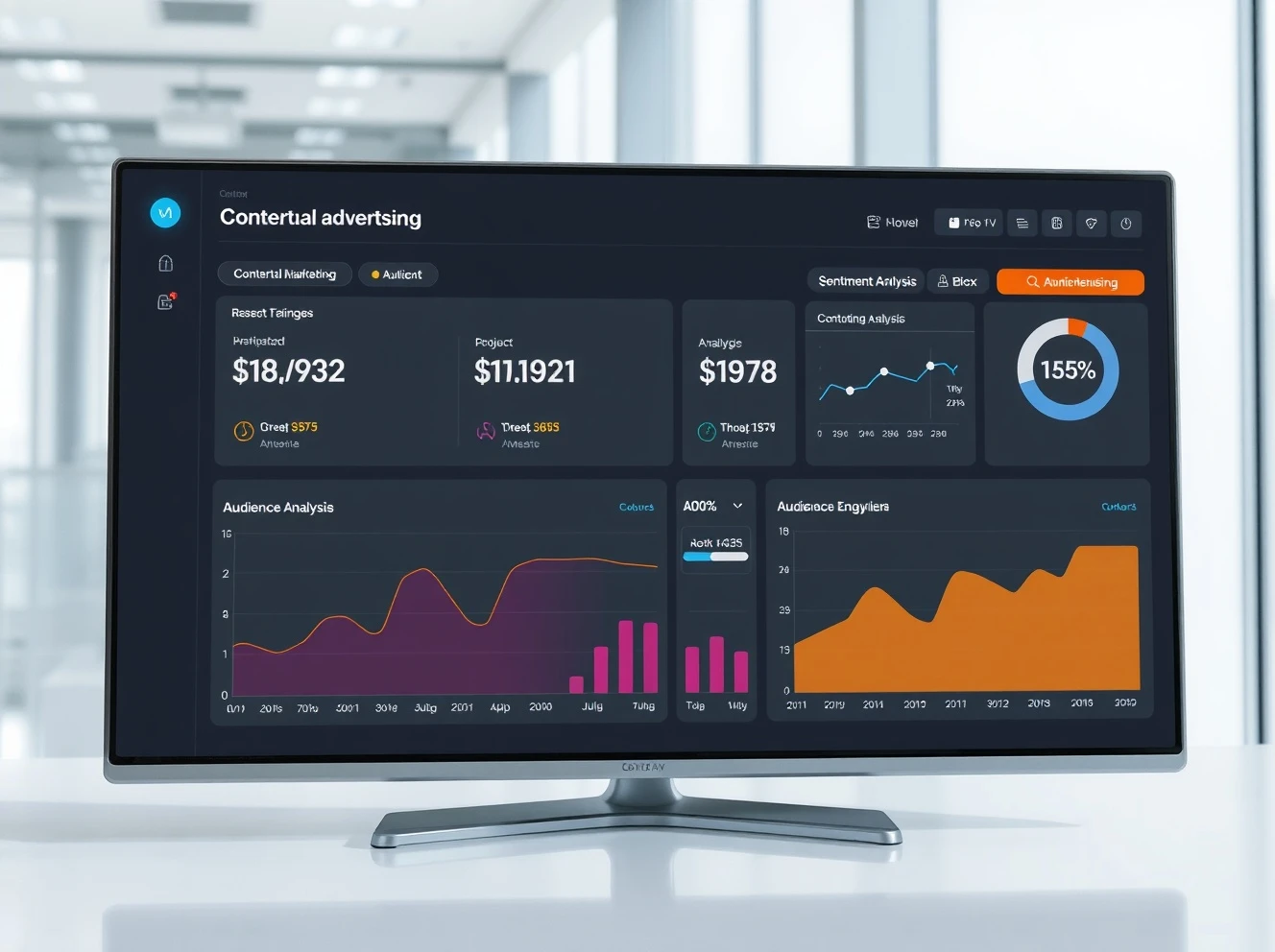Modern marketers constantly seek innovative ways to connect with their audiences. Consequently, contextual advertising has evolved beyond simple keyword matching. Today, advanced technologies integrate relevancy checks and sentiment analysis to create more meaningful ad experiences. This transformation represents a significant shift in digital marketing strategies.
The Evolution of Contextual Advertising
Traditional contextual advertising primarily relied on keyword matching. However, this approach often missed crucial context and emotional nuances. Modern systems now analyze multiple factors simultaneously. They examine content relevance, user intent, and emotional context. This comprehensive analysis ensures ads appear in appropriate environments.
Advanced algorithms process content at remarkable speeds. They understand semantic relationships between words and phrases. Furthermore, they recognize contextual patterns across different content types. This sophisticated processing enables more accurate ad placements. Marketers benefit from improved campaign performance and higher engagement rates.
Implementing Relevancy Checks in Advertising
Relevancy checks form the foundation of smart contextual advertising. These systems evaluate multiple dimensions of content relevance. They analyze topic alignment, audience interests, and content quality. Additionally, they consider temporal factors and geographic relevance.
Key components of effective relevancy checks include:
- Semantic analysis of content meaning
- Audience behavior pattern recognition
- Content quality assessment metrics
- Real-time relevance scoring systems
Modern platforms use machine learning to improve relevancy over time. They continuously learn from user interactions and engagement patterns. This adaptive approach ensures advertising remains contextually appropriate. Brands achieve better alignment with audience interests and content environments.
Sentiment Analysis for Emotional Connection
Sentiment analysis adds emotional intelligence to contextual advertising. This technology evaluates the emotional tone of content. It identifies positive, negative, or neutral sentiments in text. Moreover, it detects subtle emotional cues and contextual emotions.
Advanced sentiment analysis systems process multiple data points. They examine word choices, phrasing patterns, and contextual clues. Some systems even analyze visual content for emotional indicators. This comprehensive approach ensures ads match the emotional context of content.
Marketers leverage sentiment analysis for better campaign alignment. They avoid placing positive ads in negative content environments. Similarly, they match ad tone with content sentiment. This careful alignment improves user experience and brand perception.
Integrating Relevancy and Sentiment Analysis
The most effective contextual advertising combines relevancy and sentiment analysis. This integration creates a holistic understanding of content context. Systems evaluate both factual relevance and emotional appropriateness. They ensure ads resonate with audiences on multiple levels.
Integration requires sophisticated data processing capabilities. Systems must analyze content in real-time across multiple dimensions. They process semantic meaning, emotional tone, and contextual factors simultaneously. This multi-dimensional analysis enables precise ad targeting.
Successful integration delivers significant benefits for advertisers. Campaigns achieve higher engagement rates and better conversion metrics. Users experience more relevant and emotionally appropriate advertising. This creates a positive feedback loop that benefits all stakeholders.
Measuring Success in Modern Contextual Advertising
Effective measurement strategies track multiple performance indicators. They monitor engagement rates, conversion metrics, and brand sentiment. Additionally, they analyze user feedback and behavioral patterns. This comprehensive approach provides valuable insights for optimization.
Key performance metrics include:
- Click-through rates and engagement metrics
- Conversion rates and ROI measurements
- Brand sentiment and perception scores
- User experience and satisfaction indicators
Advanced analytics platforms provide real-time performance data. They help marketers understand campaign effectiveness immediately. This enables quick adjustments and optimization strategies. Continuous improvement becomes an integral part of campaign management.
Future Trends in Contextual Advertising
The future of contextual advertising promises even greater sophistication. Artificial intelligence and machine learning will drive further advancements. Systems will develop deeper understanding of content context and audience emotions. They will predict user responses with increasing accuracy.
Emerging technologies will enhance current capabilities significantly. Natural language processing will become more nuanced and context-aware. Computer vision will analyze visual content for better contextual understanding. These advancements will create more seamless advertising experiences.
Privacy considerations will shape future developments. Contextual advertising offers privacy-friendly alternatives to behavioral tracking. This alignment with privacy regulations positions contextual approaches for continued growth. Marketers will increasingly prioritize context over personal data collection.
FAQs
What makes contextual advertising different from behavioral targeting?
Contextual advertising focuses on content environment rather than user history. It analyzes the page content where ads appear. Behavioral targeting uses individual user data and browsing history. Contextual approaches generally offer better privacy protection.
How does sentiment analysis improve ad performance?
Sentiment analysis ensures ads match the emotional tone of content. This alignment improves user experience and engagement. Ads appearing in emotionally appropriate contexts perform better. They generate higher click-through rates and positive brand associations.
Can small businesses benefit from advanced contextual advertising?
Yes, many platforms offer scalable solutions for businesses of all sizes. Advanced targeting capabilities help small businesses reach relevant audiences effectively. They can compete effectively by focusing on contextually appropriate placements.
What metrics should I track for contextual advertising campaigns?
Focus on engagement rates, conversion metrics, and brand sentiment indicators. Monitor context relevance scores and sentiment alignment metrics. Track ROI and user feedback for comprehensive performance assessment.
How does contextual advertising handle multilingual content?
Advanced systems support multiple languages and cultural contexts. They analyze semantic meaning and sentiment across different languages. This ensures appropriate ad placements in global marketing campaigns.
What privacy advantages does contextual advertising offer?
Contextual advertising doesn’t rely on personal data collection. It focuses on content analysis rather than individual tracking. This approach aligns well with privacy regulations and user expectations.




